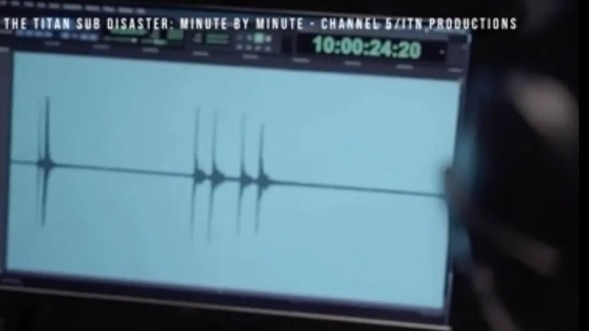This article is more than
1 year oldCoast Guard remains hopeful for ‘Titan Five’ as experts reveal how crew can make oxygen last longer
Oxygen levels on board the missing Titanic sub reached zero last night as hopes of finding the crew alive dimmed.
According to estimates, oxygen ran out on Titan at 9.08pm (AEST), 96 hours after it launched into the Atlantic.
However the head of the rescue mission to save the ‘Titan Five’ remains optimistic.
Rear Admiral John Mauger, of the US Coast Guard, said the operation to find the missing submersible is “still an active search and rescue” adding that weather conditions were favourable.
British billionaire Hamish Harding, 55, Pakistani businessman Shahzada Dawood, 48, and his son Suleman, 19, paid $US250,0000 each to explore the Titanic shipwreck on board Titan.
They were accompanied by OceanGate CEO Stockton Rush, 61, and Titan’s pilot Paul-Henri Nargeolet, 77.
Titan lost communication shortly after being launched into the North Atlantic and it is somewhere in the vicinity of the famous shipwreck which is located 640 kilometres off the coast of Newfoundland, Canada, 3800 metres below the waves.
Two underwater robots are now combing the sea bed to look for Titan near the wreck of the Titanic.
It comes as experts say the crew could prolong oxygen beyond 96 hours.
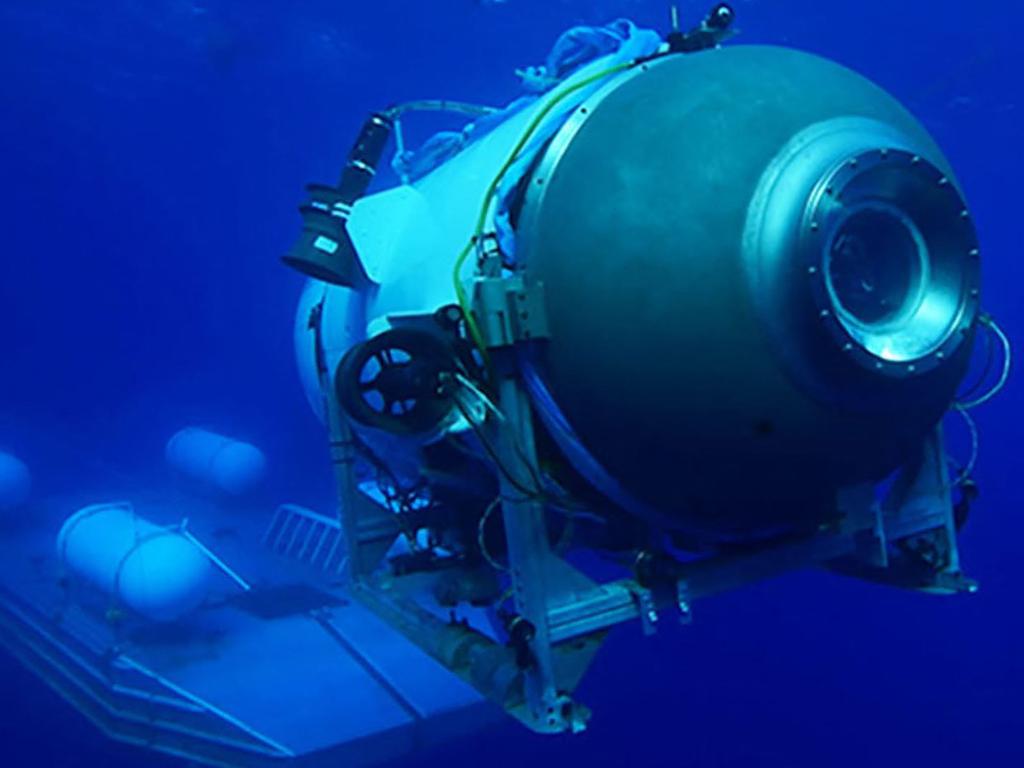
Enormous search
Despite fears oxygen on Titan may have run out, the search and rescue operation continues.
French ship L’Atalante deployed its underwater robot Victor 6000 at around 9.30pm (AEST) which has arms that can cut cables or perform other manoeuvres to release a stuck vessel.
Crane ship Horizon Atlantic also deployed a remotely operated vehicle (ROV) at around 9pm (AEST) which is combing the sea bed.
They are being joined by a US Navy CURV21 which can salvage wreckage and craft up to 6100 metres down — and last year pulled off a world record recovery of a Seahawk helicopter at a depth of 5814 metres off Japan.
“If anything can bring them up, it’s this kit,” former UK Royal Navy Rear Admiral Chris Parry said on Wednesday.
Two of the trapped men’s wives were on ships at the surface monitoring the operation.
How to make oxygen last more than 96 hours
Experts have revealed how the crew could make oxygen last more than 96 hours.
Dr Nicolai Roterman, a deep-sea expert, told The i that the challenge for the submersible’s passengers “will be for them not to exert themselves in any way, shape or form”.
The crew, he said, should remain as “calm as possible... keeping their heart rate down and keeping their breathing constant” so that they do not use too much oxygen or produce too much carbon dioxide.
“If they’re still alive at this point I’m sure they will have developed some kind of plan and they may be keeping conversation to an absolute minimum,” he said.
Col Virts, a former Nasa astronaut, suggested the passengers could even take sleeping pills to reduce their need for oxygen.
“What someone had mentioned to me is that one of the protocols would be for the crew to take basically sleeping medicine, Benadryl, and just knock yourself out,” he said. “That slows your heart rate, it reduces oxygen consumption, and then the captain would stay awake and he’d be the guy banging on the walls.”
Other experts have suggested that controlled breathing techniques - encouraging slow and deliberate breaths - could help reduce oxygen consumption and help keep the passengers calm.
“The way you breathe affects the way you think,” said Micah Bedrosian, a US doctor.
“Controlling your breath in an emergency situation is very important to keep calm and regulate your nervous system,” he told Insider.
Avoiding fast, shallow breaths would be key to reducing stress levels, he said.
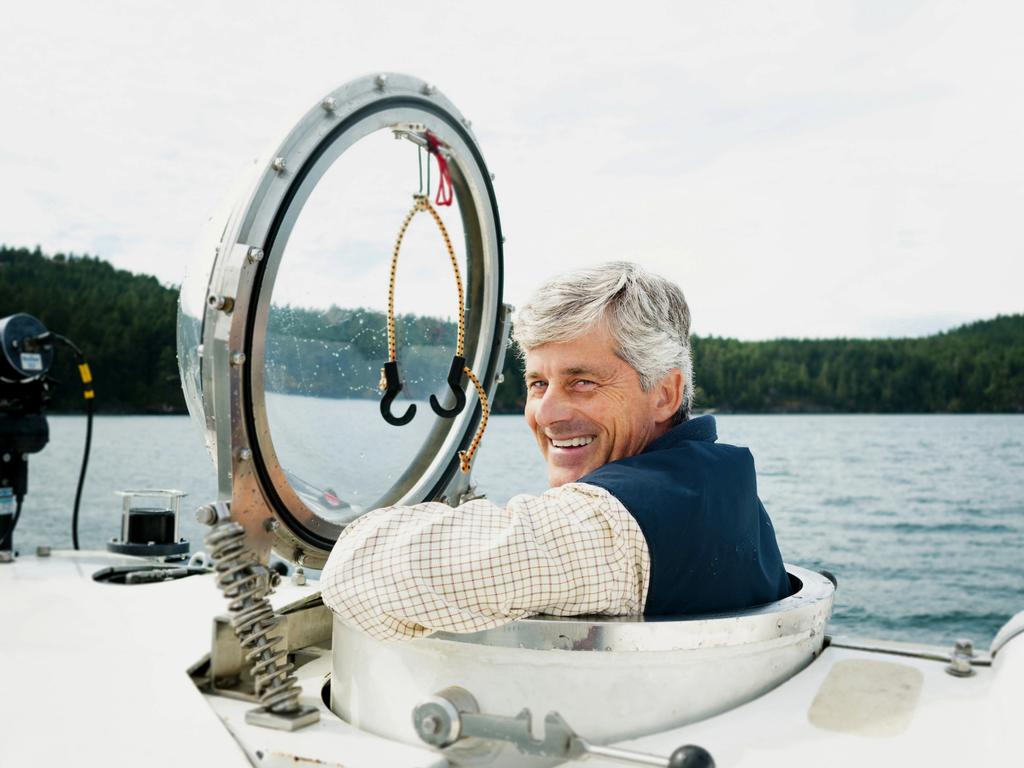
Lost communication
The submersible launched from the Canadian research vessel Polar Prince at 8am local time on Sunday and was expected to resurface at 3pm that afternoon. But communication was lost with the Titan just one hour 45 minutes into its descent.
At 5.40pm on Sunday, the US Coast Guard received a report of the “overdue” vessel, sparking a frantic and complex rescue mission.
Company officials had been criticised for waiting eight hours after they lost communication with the Titan to alert authorities.
One of OceanGate’s previous Titanic expeditions had also gotten lost for several hours, because there is no GPS underwater, according to CBS News correspondent David Pogue, who was along for the harrowing ride.
The sub’s disappearance and desperate search sparked international headlines and multiple theories as to its fate, as well as scrutiny on the safety record of OceanGate and past statements of Mr Rush.


What happened to Titan?
Experts had previously suggested the submersible may have suffered a “catastrophic failure”, immediately crushing all five men under the pressure of the water above.
“The worst case scenario is that it has suffered a catastrophic failure to its pressure housing,” wrote University of Sydney professor of marine robotics Stefan Williams.
“Although the Titan’s composite hull is built to withstand intense deep-sea pressures, any defect in its shape or build could compromise its integrity — in which case there’s a risk of implosion.”
John Mixson, a retired US Coast Guard lieutenant commander who was involved in long-range search and rescue missions, also feared the worst.
“It’s hard to say whenever you just lose total communications in a situation like that what actually happened until you find the vessel,” he told Fox News. “This isn’t a common occurrence at all. Obviously, something very rapid and very tragic took place. I would say it is extremely serious. It’s a dire situation.”
Assuming the sub was still intact, other scenarios facing rescuers were that it was floating somewhere on the surface, somewhere underwater, or stuck in the 111-year-old wreckage of The Titanic.
“In a best-case scenario, the Titan may have lost power and will have an in-built safety system that will help it return to the surface,” Prof Williams wrote.
“Alternatively, the vessel may have lost power and ended up at the bottom of the ocean. This would be a more problematic outcome.”
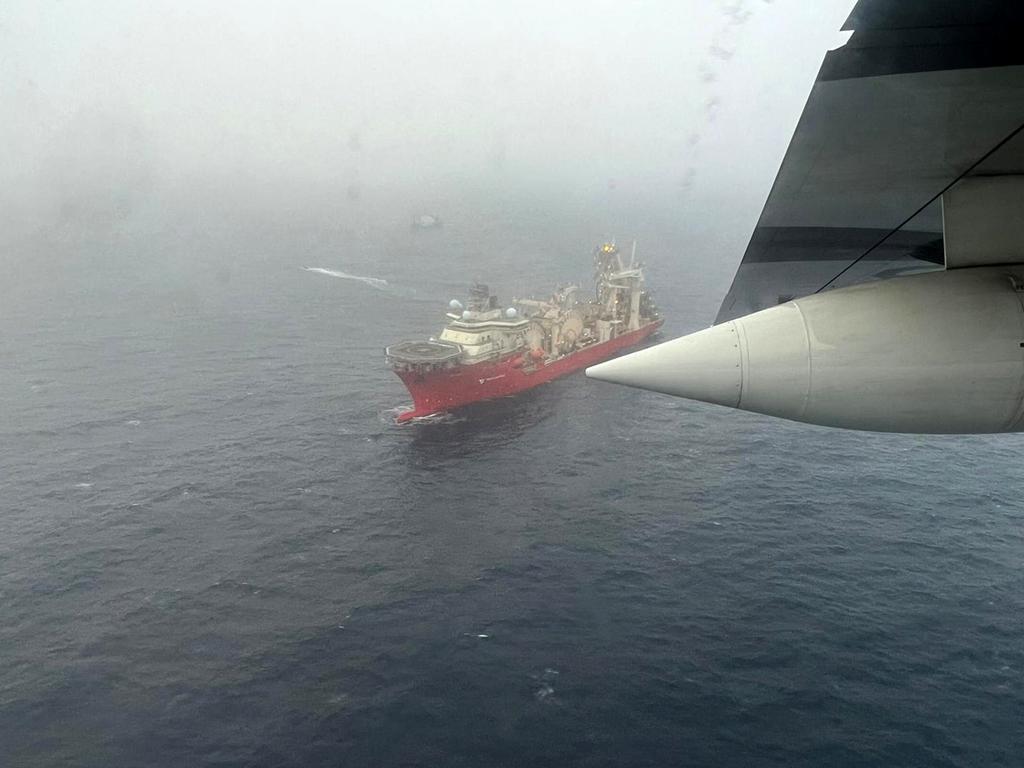
Underwater noises
US Coast Guard captain Jamie Frederick on Wednesday confirmed “underwater noises” had been heard which were being analysed by sonar experts to establish if they came from the missing craft.
However head of the search operation Rear Admiral John Mauger told Sky News that noises previously thought to be “banging” were actually “background ocean noise” but this was still being examined.
“The initial reports is that there’s a lot of the sounds that were generated were from background ocean noise, but they continue to ... look for all available information there,” he said.
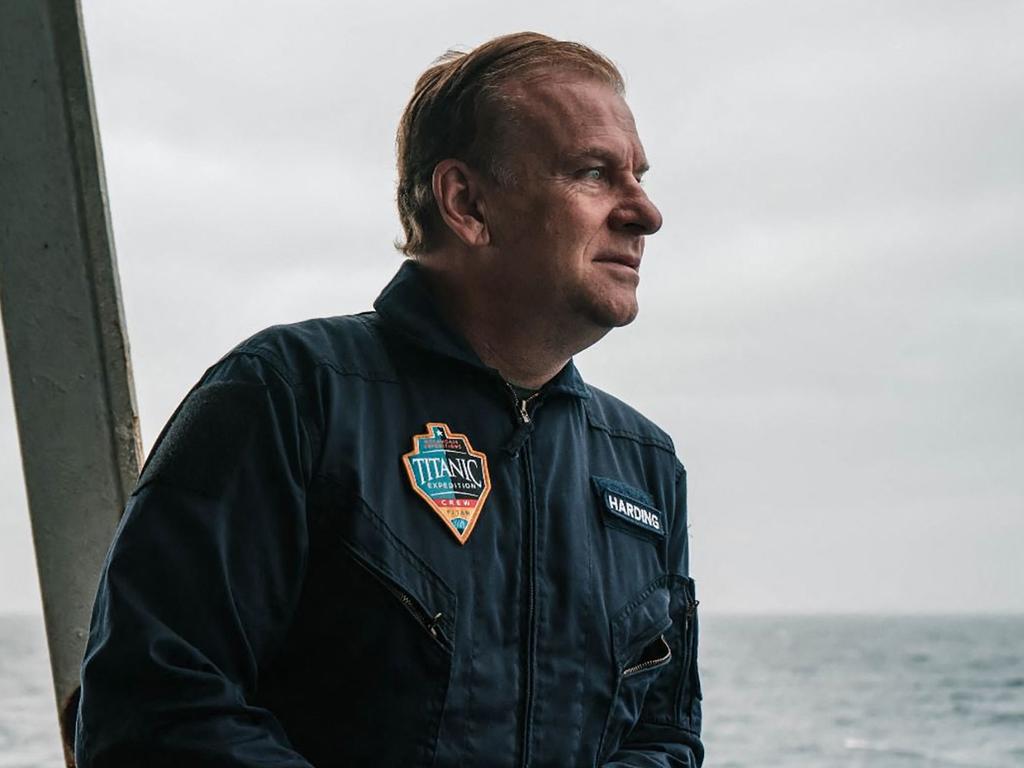
Five victims
Mr Harding, a British businessman, aviator and space tourist known for his incredible adventures, sent his friend a chilling last text message a day before the expedition.
“Hey, we’re headed out tomorrow, it looks good, the weather’s been bad so they’ve been waiting for this,” he wrote.
Mr Dawood is one of Pakistan’s richest men. He has strong links to the UK, having studied law and the University of Buckingham and owning a mansion in Surrey where Shahzada lives with Suleman, his wife Christine, and daughter Alina.
“We are very grateful for the concern being shown by our colleagues and friends and would like to request everyone to pray for their safety,” the family said in a statement.
Mr Nargeolet is a veteran submarine pilot and longtime researcher of the wreck of the Titanic.
He had previously spoken about the extreme dangers of deep sea travel.
“If you are 11m or 11km down, if something bad happens, the result is the same,” he said in a resurfaced interview. “When you’re in very deep water, you’re dead before you realise that something is happening, so it’s just not a problem.”
OceanGate, one of the few companies in the world that runs commercial voyages to see The Titanic, was founded by Mr Rush in 2009.
The Everett, Washington-based company had made two previous trips to the 1912 wreckage of the “unsinkable” ship.
— with The Sun and NY Post
Keywords
Newer articles



